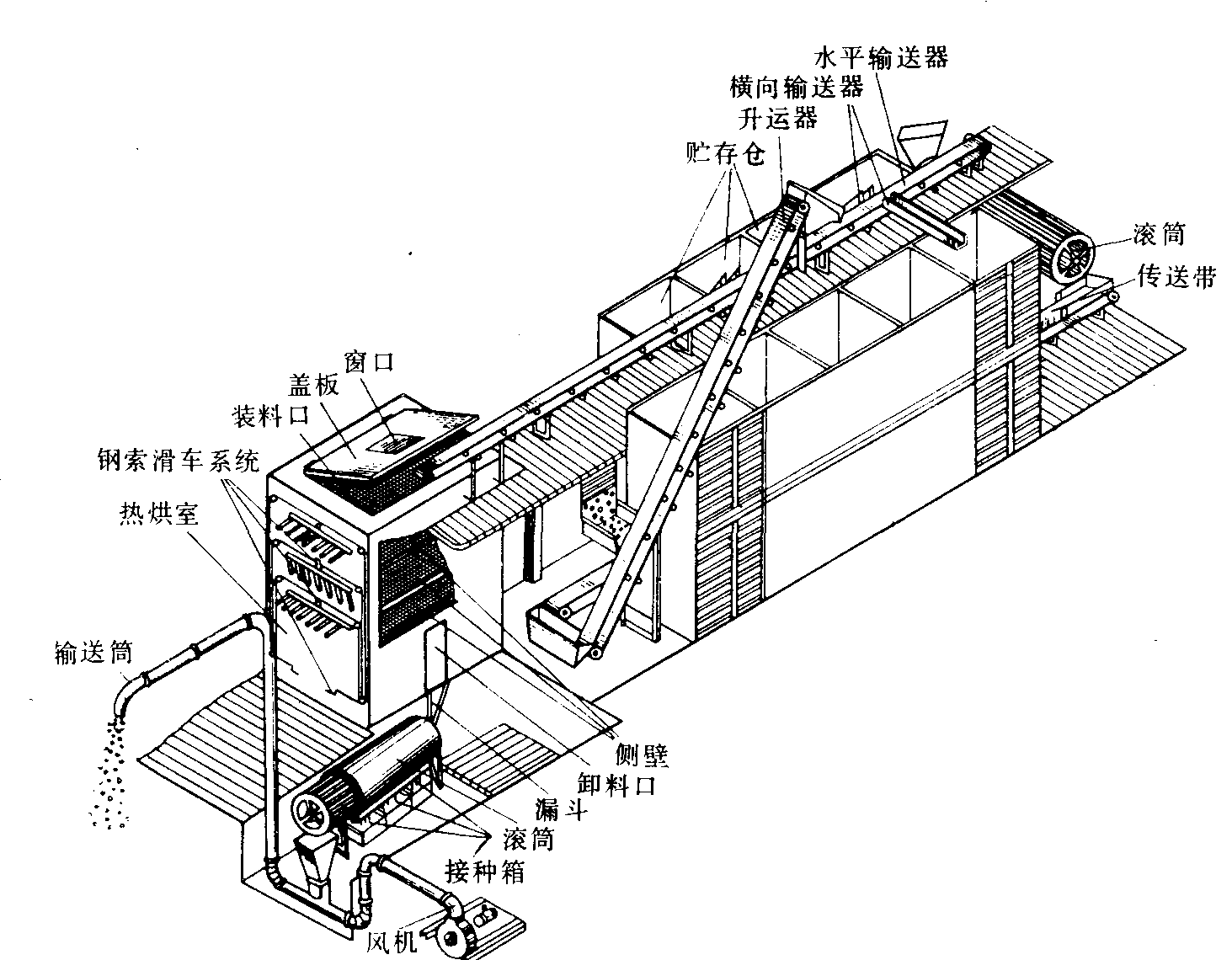2019-2020学年中考英语语法备考秘诀 — 动词
【课标解析】
【动词及动词词组命题趋势与预测】
依据对动词和动词词组部分全国各省市中考考试试题的剖析可知,以后该部分将是重点考查点之一。其考查重点为:
动词和动词词组辨析。
常用动词于名词、副词、介词构成的短语动词的基本含义和引申义。
【常识办法】
![]() +宾语
+宾语
![]() 及物动词 +双宾语
及物动词 +双宾语
+复合宾语
实义动词![]()
不及物动词
![]()
Be、seem、sound、turn 、become等+表语
系动词
![]() +doing
+doing
![]() Be+
Be+
动词的分类 +done
![]() 和分析 助动词 +done
和分析 助动词 +done
Have/had/has
+be doing
do/does/did
不定代词 will shall would should
![]()
情态动词 can may must 等
![]() 动词词义辨析
动词词义辨析
动词辨析
动词短语辨析
知 识 清 单
动词是表__________作(study, find, swim 等)或状况(be, like, feel 等)的词。动词具备人称、数目、时态、语态和语态变化。
常识梳理:提纲挈领,抓住重点和难题!
__________:动词有助动词、情态动词、联系动词和行为动词四类。
一)助动词
助动词没任何含义,不可以单独做谓语,只能和行为动词一块构成谓语,帮助行为动词组成各种时态、语态、语气与疑问或否定形式。容易见到的助动词有be, do, does, did, have, will, shall等。具体使用方法如下:
______________________________
1)构成各种进行时态。如:
It was raining all day yesterday.
昨天整天下雨。
2)构成被动语态。如:
The meeting was held yesterday afternoon.
会议是昨天下午举行的。
3)与不定式连用表示根据计划、预先安排或规定要发生的动作。如:
They are to see an English film this evening.
他们今天晚上看英语电影。
______________________________
1)构成疑问式或否定式。如:
Does he think so?
I didn’t say anything about the result.
2)在动词前加上do, does, did表示强调,意为“的确,确实”。如:
They do study hard.
She does love him.
He did want to help the old man.
3、have: 助动词have 的过去式是had。have和had均可与动词过去分词一块构成完成时态。如:
He has lived here for three years.
As soon as the sun had set they returned.
4、shall, should: 助动词shall只用于第一人称的以后时态;助动词should 是shall的过去式,构成过去以后时。如:I shall send ten letters to my good friend.
She wanted to know if I should go to the palace.
二)情态动词
__________
表示能力
表示能力一般用can, could。如:Rose can speak now, but she couldn’t a week ago.
__________
__________如:
She could / was able to eat four pieces of bread when she was young.
They will be able to finish the drawing soon.
__________
She was weak, but was able to finish the task last night.
can 在疑问句中与第二人称连用时,表示征求他们建议或提出请求,表示委婉语气。虽然could是can的过去式,但could 只不过表示比can语气愈加委婉客气,没时间上的差别。如:
-Could you lend me your pen?
-Yes, I can.
表示许可
表示许可一般用may/might, can/could, 而且常可互换。Might, could语气比较委婉。要特别注意:回答以might, could开头的疑问句只可以用may, can 给予直截了当的回答。
-Might/Could I borrow your book?
-Yes, you may/can.
表示必需、必要
must和have to都有“需要” ,通常情况下可互换。如:You must / have to finish the work..
但他们有如下不同:
__________
I must have a talk with him.
He has to give up smoking because of badly cough.
__________
You mustn’t hit her.
You don’t have to explain it to me if you dislike the job.
注:表示推断的情态动词有表示“肯定”的must, 表示“大概”的should, ought to 和表示“可能”的can, could, may, might。具体使用方法如下:
must 表示较有把握的推断,只用于一定句,不可以用语否定句或疑问句。使用方法如下:
__________
You must lose in the mountain.
__________
__________
The package might come tomorrow.
They may have killed the enemies.
__________如:
It can’t be John. He has gone to UK.
__________
__________
三)系动词
连词动词的类型
联系动词含有肯定意义,它们要与其后做表语的形容词、名词或介词(短语)一块构成合成谓语。系动词按意义可分为三类,而且有我们的特定使用方法。
__________
be, appear, seem, keep, remain, continue, stay, prove 等,
如:Jim appears very old.
__________
look, feel, smell, sound, taste等。
如:It smells bad.
__________
become, fall, get, go, grow, turn等。
如: She becomes more beautiful than three years ago.
四)行为动词
行为动词又称实义动词,它们都含有实在的意义,表示动作或状况,可在句中独立作谓语。行为动词又分为及物动词和不及物动词。
__________
及物动词后必须要跟宾语,意思才能完整。如:
My mother told me she wanted to buy some books for me.
__________
不及物动词意义完整,不需带宾语,但假如有的不及物动词非要带宾语时,需要先加介词后加宾语。如:
He only worried about his daughter.







